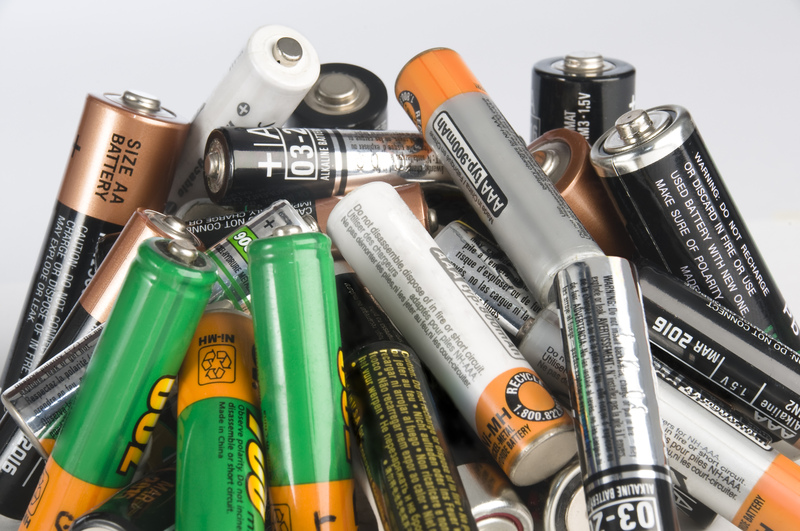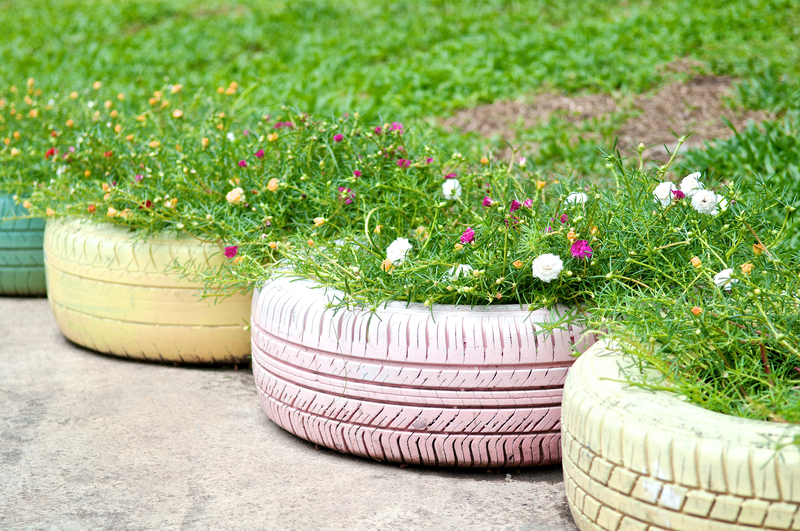A Greener Approach to Easter: Tips for Recycling Your Egg Packaging
Posted on 29/05/2025
Easter is a time for celebration, family gatherings, and indulging in sweet treats. As the holiday approaches, we often find ourselves surrounded by brightly colored plastic eggs filled with chocolates and candies. While these Easter eggs bring joy to children, they also contribute to environmental concerns due to the excessive waste they generate. In fact, according to the National Retail Federation, Americans spent over $2 billion on Easter candy in 2019 alone. With such large amounts of packaging being used and discarded each year, it's time for a greener approach to Easter. Let's explore some tips for recycling your egg packaging and making this holiday season more sustainable.
The Impact of Easter Egg Packaging
The majority of Easter egg packaging consists of plastic, which is not biodegradable and can take hundreds of years to decompose. Additionally, many of these products are not recyclable due to their small size or mixed materials. As a result, they often end up in landfills where they can leach harmful chemicals into the soil and water.
Furthermore, the production and transportation of packaging materials contribute to carbon emissions and greenhouse gases, contributing to climate change. It is estimated that plastic production generates 850 million tons of greenhouse gases annually. By reducing our reliance on plastic packaging, we can help mitigate these negative impacts on our environment.

Tips for Recycling Your Egg Packaging
1. Use Reusable Containers: One simple way to reduce your impact on the environment is by using reusable containers for your Easter eggs instead of disposable ones. Invest in durable plastic or metal egg containers that can be used year after year.
2. Choose Paper Packaging: Opt for paper packaging whenever possible as it is easier to recycle compared to plastic. You can also get creative by repurposing old newspaper or magazine pages to create your own unique egg cartons.
3. Check Recycling Symbols: Before disposing of your egg packaging, check for the recycling symbols or labels. Look for the chasing arrows symbol with a number inside, which indicates the type of plastic used. Not all types of plastic are recyclable, so make sure to recycle only those that can be.
4. Recycle Aluminum Foil: If you have decorated your eggs using aluminum foil, make sure to clean and dry it before recycling. Aluminum can be recycled indefinitely without any loss in quality, making it a great option for sustainable Easter egg decorating.
5. Donate Plastic Eggs: Many community centers and schools hold Easter egg hunts during this time of year and may appreciate donations of plastic eggs for their events. This not only helps reduce waste but also gives these eggs a second life.
The Pros and Cons of Egg Packaging Recycling
Pros:
- Reduces waste in landfills and pollution from packaging production
- Saves energy and resources by reusing materials
- Creates job opportunities in recycling industries
- Encourages responsible consumption habits
Cons:
- Requires significant effort and education to ensure proper sorting and recycling
- Some materials, such as small bits of plastic or mixed materials, may not be recyclable
- Can still contribute to carbon emissions from transportation of recycled materials
- Not all areas have access to recycling facilities

Key Takeaways
1. By choosing eco-friendly alternatives for Easter egg packaging, we can reduce our impact on the environment.
2. Check for recycling symbols before disposing of packaging items.
3. Consider donating unwanted packaging items to local organizations.
4. Educate yourself and others about proper sorting and recycling procedures for different types of materials.
In Conclusion
This Easter, let's take a greener approach by reducing our reliance on plastic egg packaging and opting for more sustainable options whenever possible. By following these simple tips, we can minimize our environmental footprint and help create a healthier planet for future generations. Remember, every small step towards a greener Easter counts!






